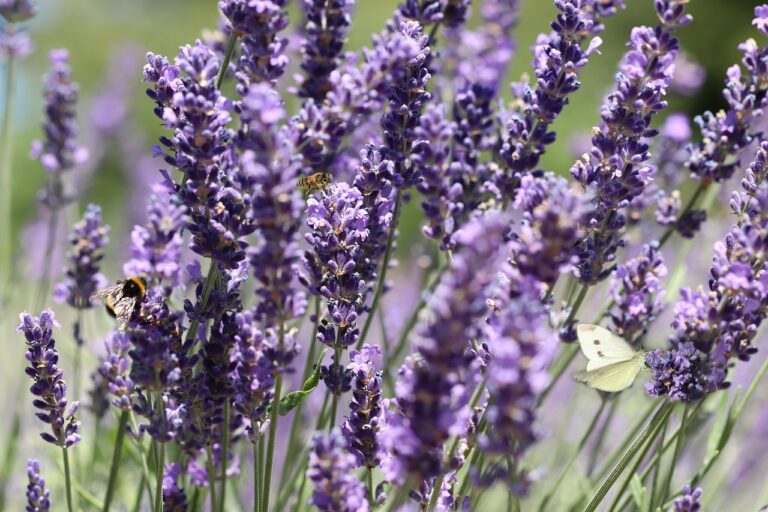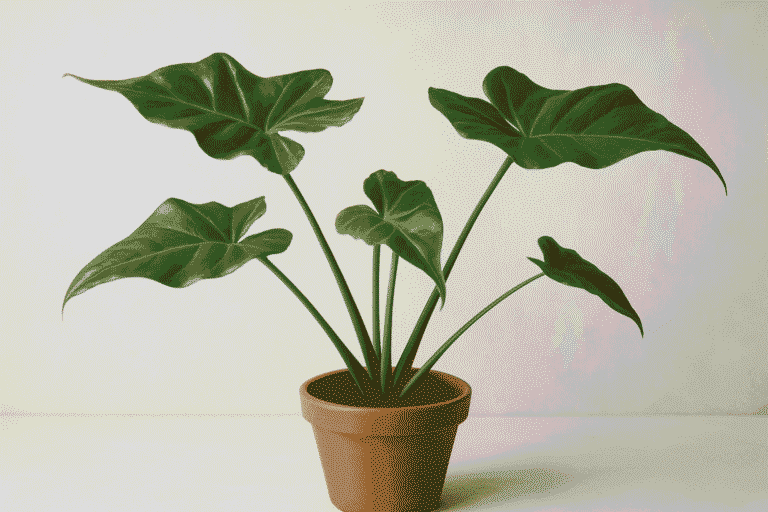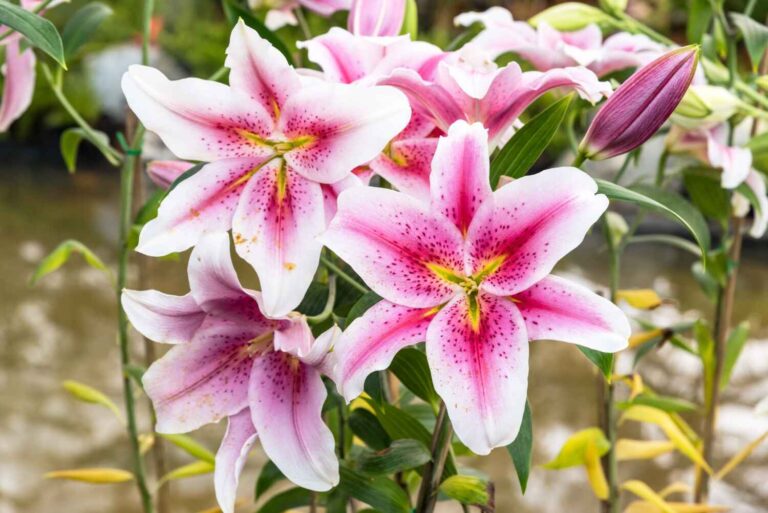Top 7 Vegetables to Grow in Late Summer

Late summer might seem like the winding down of the gardening season, but it’s actually the perfect time to get your hands back in the soil. Whether you’re an experienced gardener or just getting started, knowing which vegetables to grow in late summer can extend your harvest well into fall—and even early winter in some regions.
With the heat mellowing out and the soil still warm, late summer offers ideal growing conditions for a surprising variety of fast-maturing and cool-loving crops.
From crisp leafy greens to root veggies that thrive in cooler nights, there’s still plenty of delicious, homegrown produce you can enjoy before the first frost. The key is choosing the right vegetables and planting them at the right time. This not only maximizes your garden’s productivity but also brings fresh flavor to your table when most people are wrapping things up.
In this guide, we’ll walk through the best vegetables to grow in late summer, tips on when and how to plant them, and what to expect as the seasons shift. With a little planning, your garden can keep giving long after summer’s peak.
1- Spinach
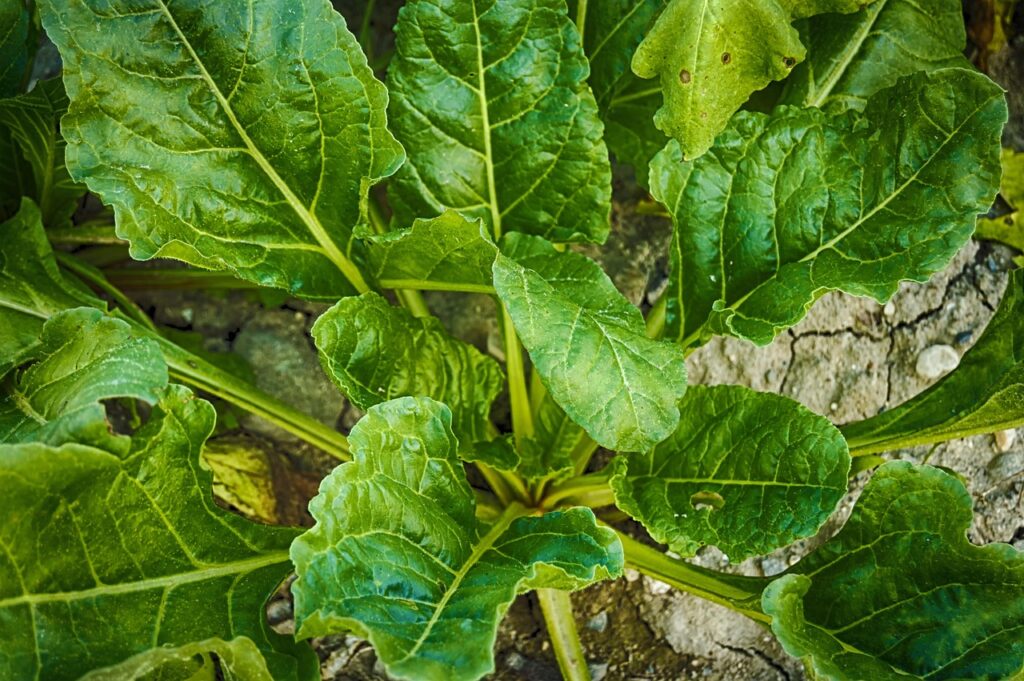
If you’re looking for a leafy green that’s easy to grow and packed with nutrients, spinach is a top choice for late summer planting. As the intense heat of midsummer starts to fade, spinach really hits its stride. Cooler temps and shorter days help this fast-growing veggie thrive—making it perfect for fall harvests.
Spinach grows quickly, often ready to pick in just 30 to 40 days. That means you can plant it in August or early September and still enjoy fresh greens before the first frost hits. Look for varieties like ‘Bloomsdale’ or ‘Tyee’—they’re known to do especially well in fall weather here in the U.S.
For best results, sow spinach seeds directly in well-draining soil and keep them evenly watered. As the nights get cooler, the flavor of spinach actually gets sweeter—making it a delicious addition to salads, sautés, omelets, or even smoothies.
Whether you’re filling in bare spots in your garden or starting a fresh late-season crop, growing spinach in late summer is an easy way to keep the harvest going. It’s low-maintenance, super healthy, and tastes even better when it’s homegrown.
2- Radish
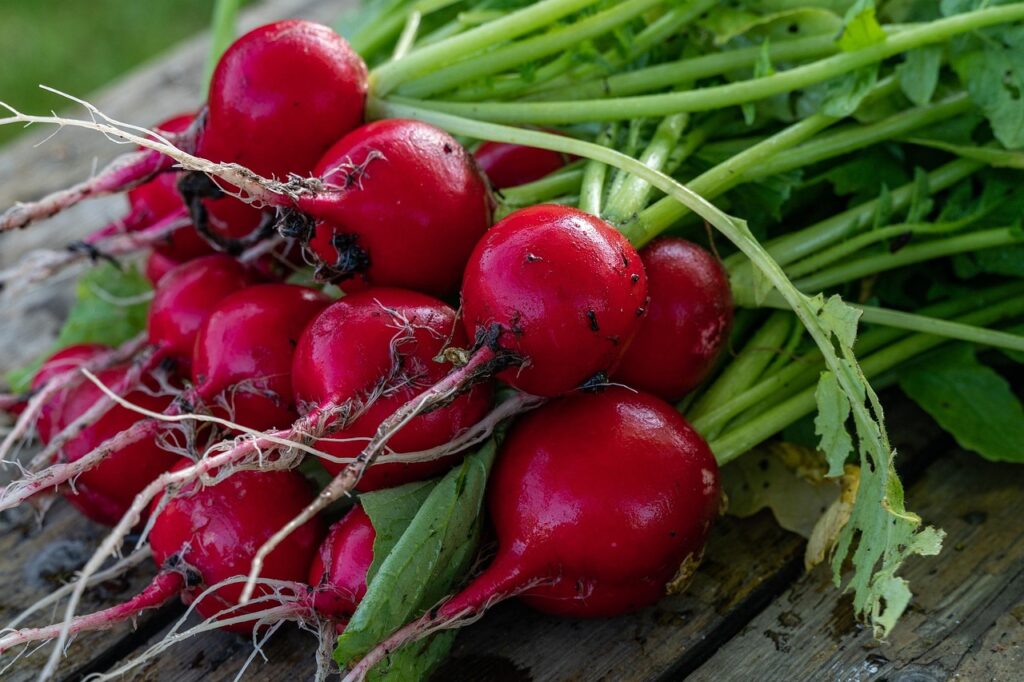
When it comes to quick wins in the garden, radishes are a late summer favorite. These fast-growing root veggies can go from seed to harvest in as little as 3 to 4 weeks, making them perfect for squeezing in one more round before fall fully sets in.
Radishes love cooler soil and shorter days, so planting them in late summer is actually ideal. They grow best in well-drained soil with full sun, but they’ll still do fine with a little afternoon shade as the days get cooler.
Popular varieties like ‘Cherry Belle’, ‘French Breakfast’, and ‘White Icicle’ are all great picks for late-season planting in most parts of the U.S.
Not only are radishes easy to grow, but they also add a nice peppery crunch to salads, tacos, and stir-fries. Plus, if you haven’t tried roasted radishes yet—you’re in for a treat.
So, if your garden looks tired by late August or September, toss in some radish seeds. Growing radishes in late summer is a low-fuss, high-reward way to keep your garden producing and your meals tasting fresh.
3- Spring Onions
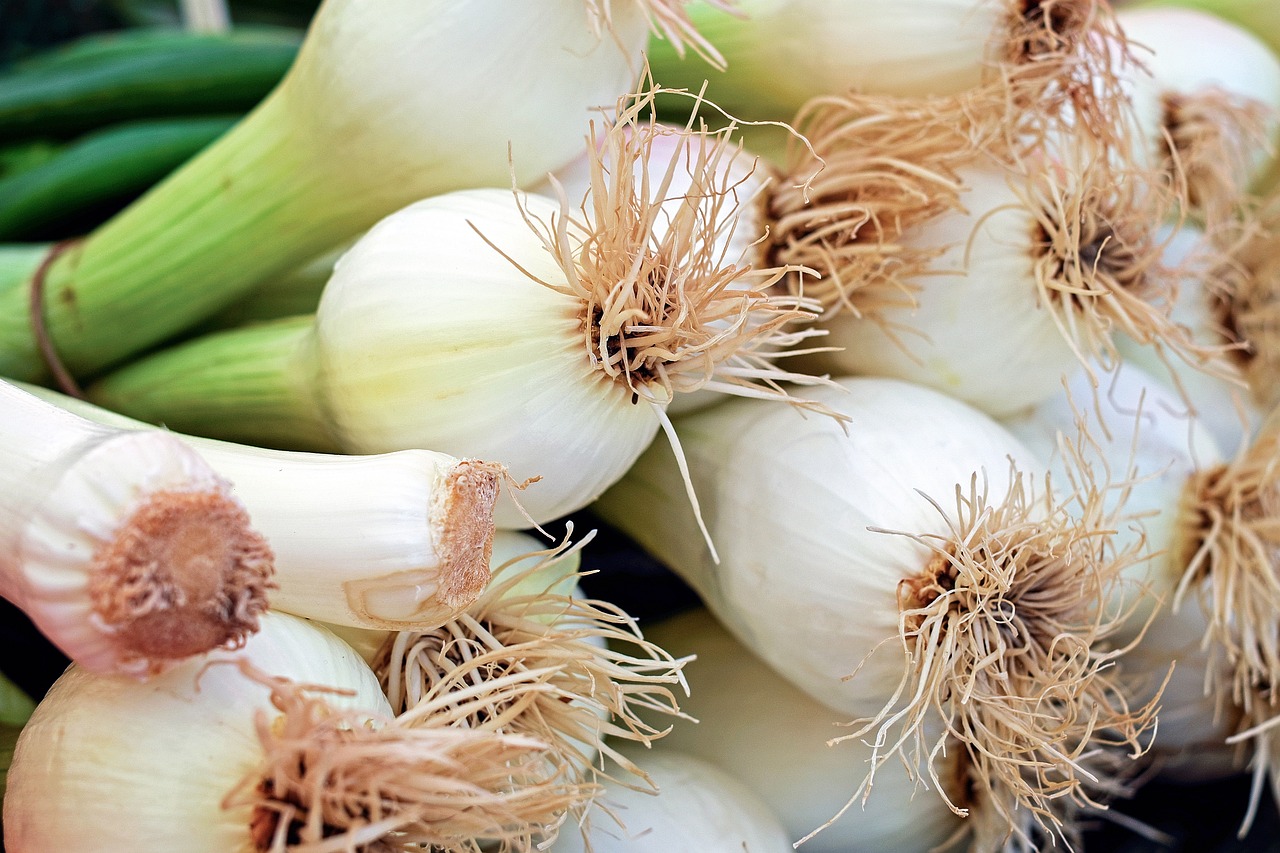
If you’re looking for a quick, flavorful crop to plant in late summer, spring onions (also known as green onions) are a fantastic choice. These versatile alliums are easy to grow, take up very little space, and can be harvested in as little as 6 to 8 weeks—perfect for a fall garden boost.
Spring onions thrive in well-drained soil and full sun, though they’ll tolerate partial shade just fine as the days get shorter. Simply sow the seeds directly into your garden or raised bed in late summer, keep the soil consistently moist, and you’ll be snipping fresh greens in no time. They’re also ideal for container gardening if you’re short on space.
One of the best parts about growing spring onions in late summer is how low-maintenance they are. No hilling, no blanching—just plant, water, and harvest. Plus, they add a bright, mild onion flavor to everything from salads and soups to tacos and stir-fries.
Whether you’re filling in garden gaps or planning for a steady supply of fresh flavor, spring onions are a must-have for your late-season planting lineup.
4- Leaf lettuce
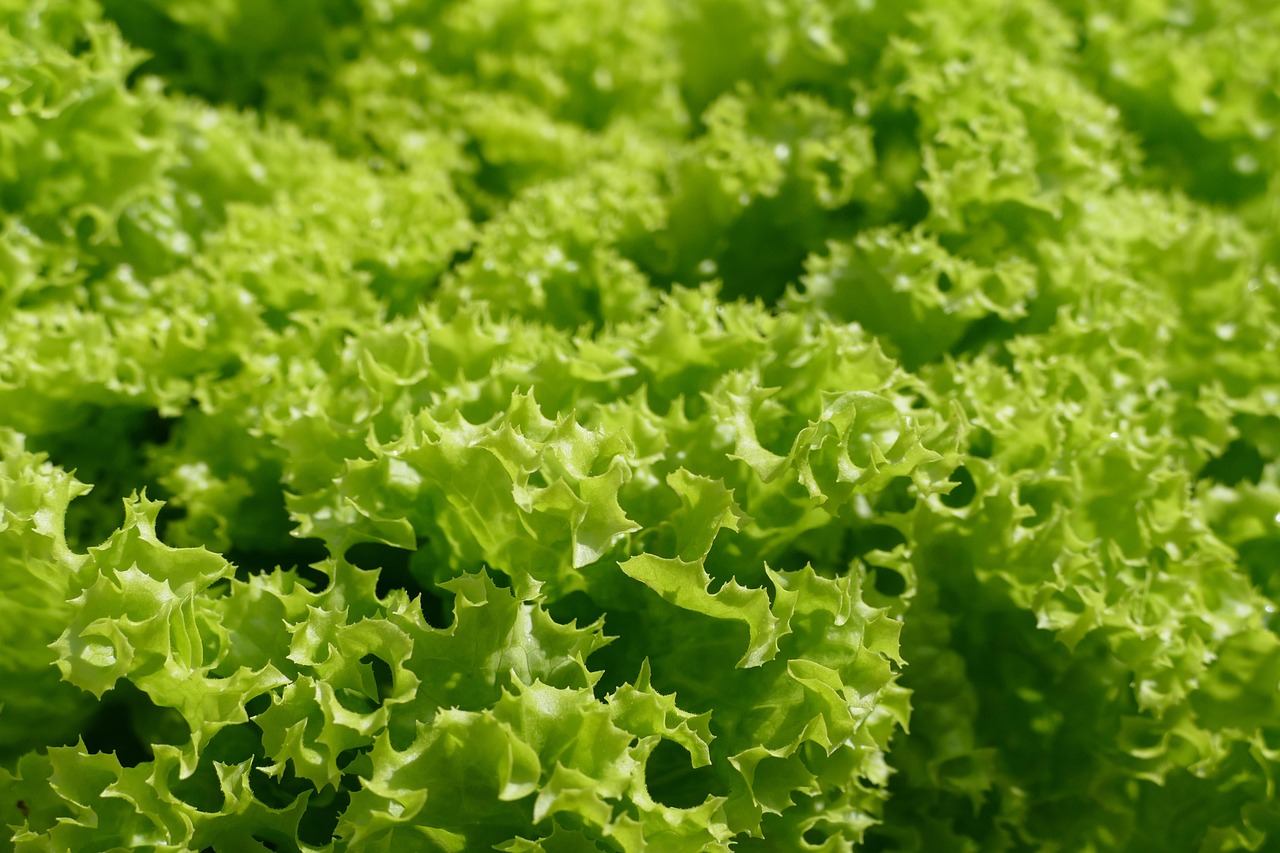
If you’re craving fresh, homegrown salads well into the fall, leaf lettuce is one of the best vegetables to grow in late summer. It’s fast, easy, and perfect for gardeners of all experience levels. As summer winds down and temperatures begin to cool, lettuce really shines—producing tender, flavorful leaves without the risk of bolting that hot weather brings.
Unlike head lettuces, leaf lettuce varieties like ‘Black Seeded Simpson’, ‘Red Sails’, and ‘Green Salad Bowl’ don’t take long to mature. You can start harvesting baby greens in as little as 30 days, and with a cut-and-come-again approach, one planting can give you multiple harvests.
Sow seeds directly into loose, well-draining soil and keep them consistently moist for best results. Partial shade can help on hotter days, especially in southern states, but lettuce also thrives in full sun as the season cools.
Growing leaf lettuce in late summer gives you a steady supply of crisp greens for sandwiches, wraps, and salads—right from your backyard. It’s a low-effort, high-reward crop that brings fresh flavor and color to your meals, even as the seasons shift.
5- Broccoli
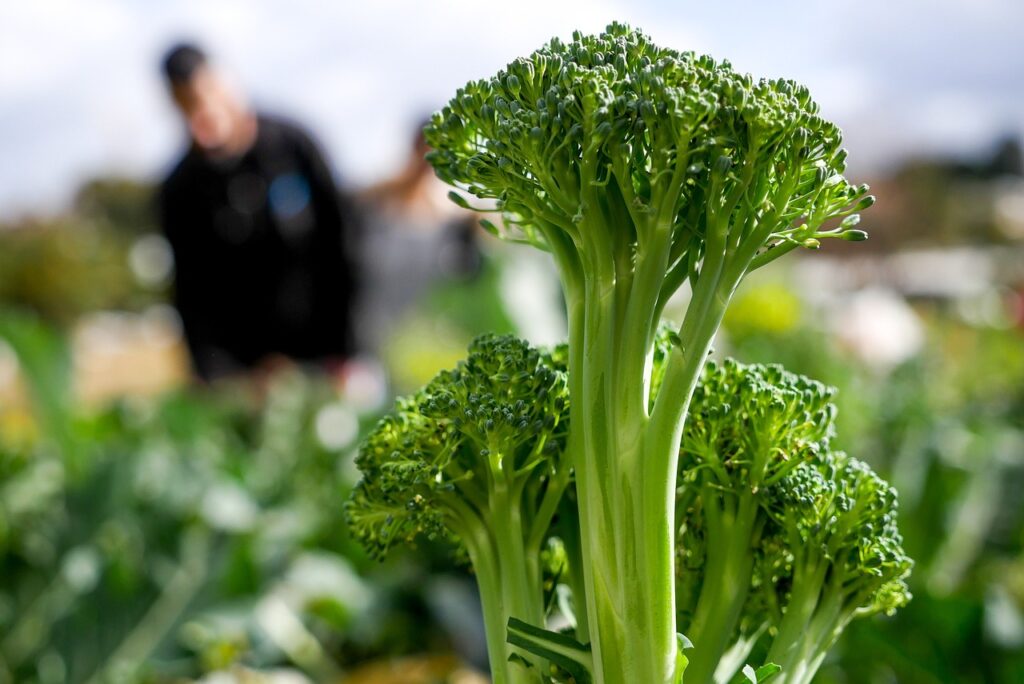
If you’re planning a fall garden, broccoli is one of the smartest vegetables to grow in late summer. While it may not be the quickest crop, it thrives in cool weather and actually tastes better after a light frost—making late summer the perfect time to get it started.
Broccoli prefers full sun and rich, well-drained soil, so pick a sunny spot and mix in some compost before planting. If you’re in a warmer part of the U.S., aim to start seeds indoors and transplant them outside once temperatures begin to drop. In cooler zones, you can sow directly in the garden in late summer for a strong fall harvest.
What’s great about growing broccoli is that you don’t just get one harvest. After cutting the main head, many varieties send out smaller side shoots you can keep picking for weeks. Whether you steam it, roast it, or toss it into stir-fry, homegrown broccoli delivers unmatched flavor and freshness.
Growing broccoli in late summer is a great way to keep your garden going strong and your dinner plate full of nutritious, hearty veggies—just in time for those cozy fall meals.
6- Carrots
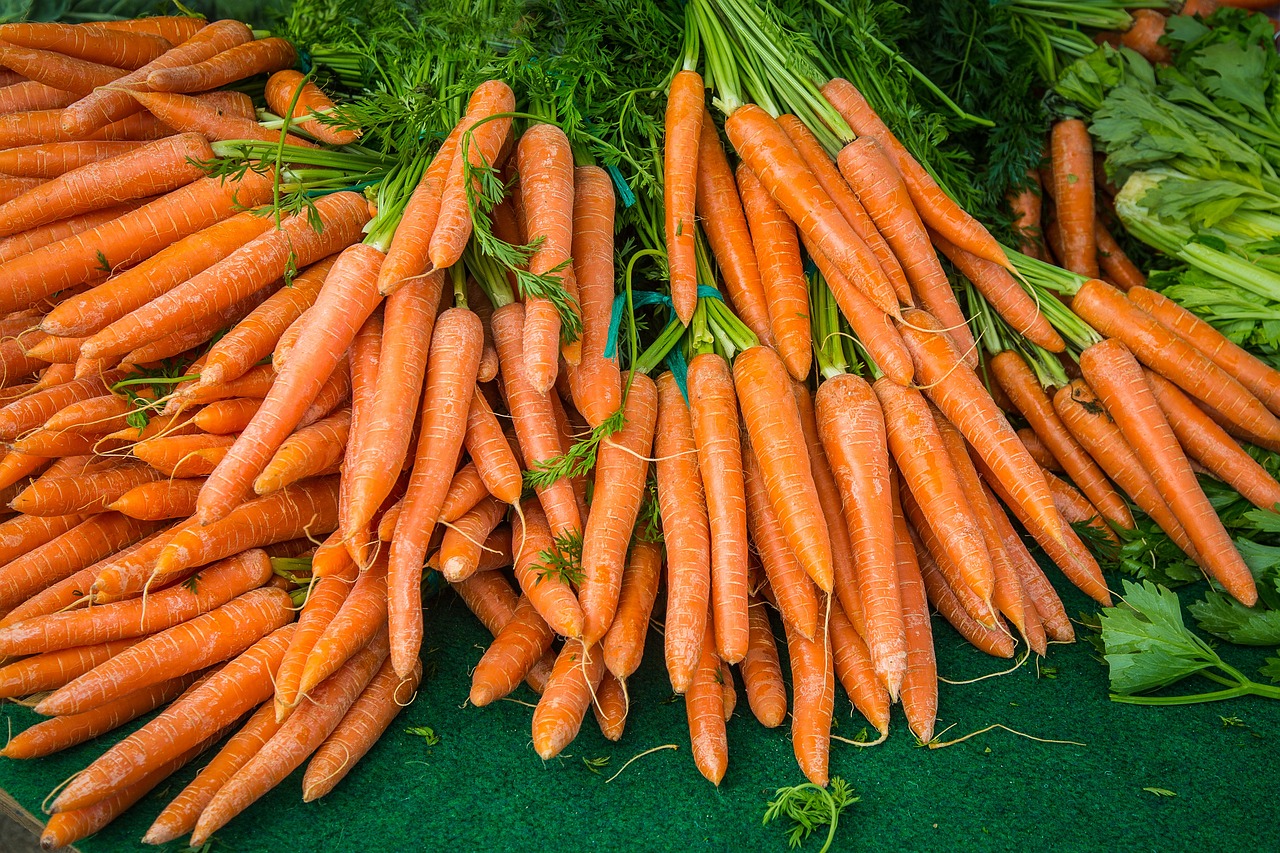
Sweet, crunchy, and surprisingly easy to grow—carrots are a fantastic vegetable to plant in late summer, especially if you’re aiming for a flavorful fall harvest. As the weather cools, carrots develop more natural sugars, giving them that classic sweetness we all love. In fact, many gardeners say fall-grown carrots taste even better than those grown in spring!
Carrots do best in loose, well-drained soil with plenty of room for roots to stretch out. Look for shorter or rounder varieties like ‘Danvers’, ‘Chantenay’, or ‘Little Finger’ if your soil is a bit compact. Direct sow the seeds into your garden beds in late summer, keep the soil consistently moist, and be patient—they can take 60 to 80 days to mature, depending on the variety.
The best part? Carrots can handle light frosts like champs. In many U.S. zones, you can leave them in the ground well into fall and harvest as needed. Plus, nothing beats pulling up a fresh, homegrown carrot—especially for kids!
Growing carrots in late summer is a low-maintenance way to keep your garden productive and your meals colorful, crunchy, and nutritious through the cooler months.
7- Cauliflower
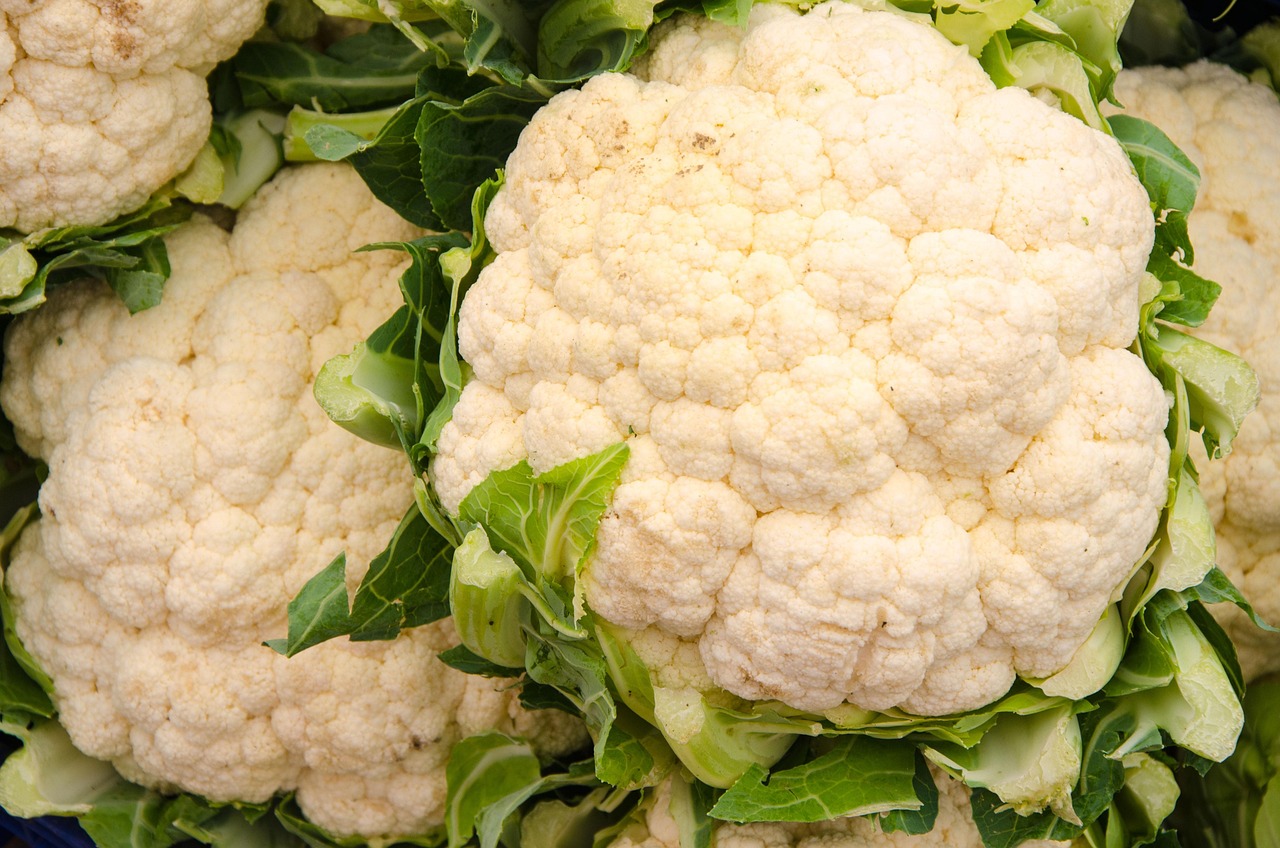
If you’re looking for a cool-season crop with serious versatility, cauliflower is a great vegetable to grow in late summer. While it’s a bit more particular than some garden veggies, the payoff is well worth it—especially when those crisp fall days roll in.
Cauliflower loves cooler temps and steady moisture, so planting it in late summer gives it just the right conditions to thrive. Start seeds indoors in mid-to-late summer or grab healthy transplants from your local garden center. Once the weather begins to cool and the sun isn’t quite so harsh, transplant them into rich, well-drained soil in a sunny spot.
Keep an eye on your cauliflower as it grows—the heads can be sensitive to sun exposure. Many gardeners “blanch” their cauliflower by folding the outer leaves over the head to keep it nice and white. Harvest when the heads are firm and compact.
Whether you roast it, mash it, rice it, or toss it into a stir-fry, fresh cauliflower from your garden tastes better than anything from the store.
Growing cauliflower in late summer gives you a head start on hearty, healthy fall meals—and adds some serious variety to your late-season garden.
Conclusion
Just because summer is winding down doesn’t mean your gardening season has to end. In fact, planting vegetables in late summer can be one of the most rewarding times to grow. With cooler temperatures and fewer pests, many crops actually thrive this time of year—giving you fresh, flavorful harvests well into fall.
From leafy greens like spinach and leaf lettuce to cool-season favorites like broccoli, carrots, and cauliflower, late summer offers plenty of options to keep your garden productive. Even flowers like calendula can bring beauty and benefit to your space. The key is knowing what to plant and when—and as you’ve seen, there’s still plenty of time to dig in and enjoy the process.
So whether you’re a seasoned green thumb or just getting started, don’t pack up your tools just yet. Growing vegetables in late summer is a smart, satisfying way to make the most of your garden—and bring fresh, homegrown goodness to your table well beyond summer’s end.
Frequently Asked Questions
You can plant a variety of fast-growing and cool-season vegetables in late summer, including spinach, radishes, leaf lettuce, carrots, broccoli, cauliflower, and even flowers like calendula. These crops thrive as temperatures cool and can provide fresh harvests well into fall.
Not at all! Many vegetables actually prefer the cooler weather that comes after peak summer. As long as you choose crops suited for fall growing and check your local frost dates, starting a garden in August or early September is a great idea.
Use row covers, cold frames, or lightweight garden fabric to shield your plants from early frosts. Mulching also helps regulate soil temperature and keep roots warm as nights get cooler.
Absolutely. Many late-season veggies like spinach, lettuce, and radishes grow well in containers. Just make sure they get enough sunlight and stay consistently watered.
Late summer gardening extends your growing season, reduces pest pressure, and often results in sweeter, more flavorful produce—especially root vegetables and leafy greens.
Table of Contents
- Top 7 Vegetables to Grow in Late Summer
- 1- Spinach
- 2- Radish
- 3- Spring Onions
- 4- Leaf lettuce
- 5- Broccoli
- 6- Carrots
- 7- Cauliflower
- Conclusion
- Frequently Asked Questions
- Mona Lavender Plant: Complete Growing Guide for Beginners
- Alocasia Stingray Plant Guide: Tips for Healthy Growth
- Pink Lilly Flower: Growing and Caring for Pink Lillies

